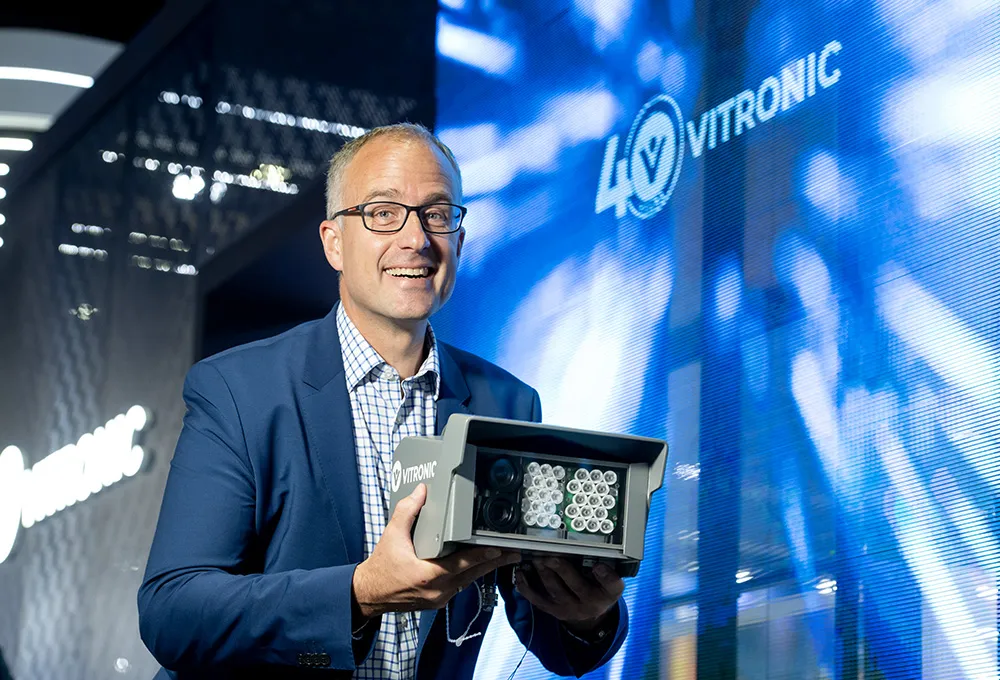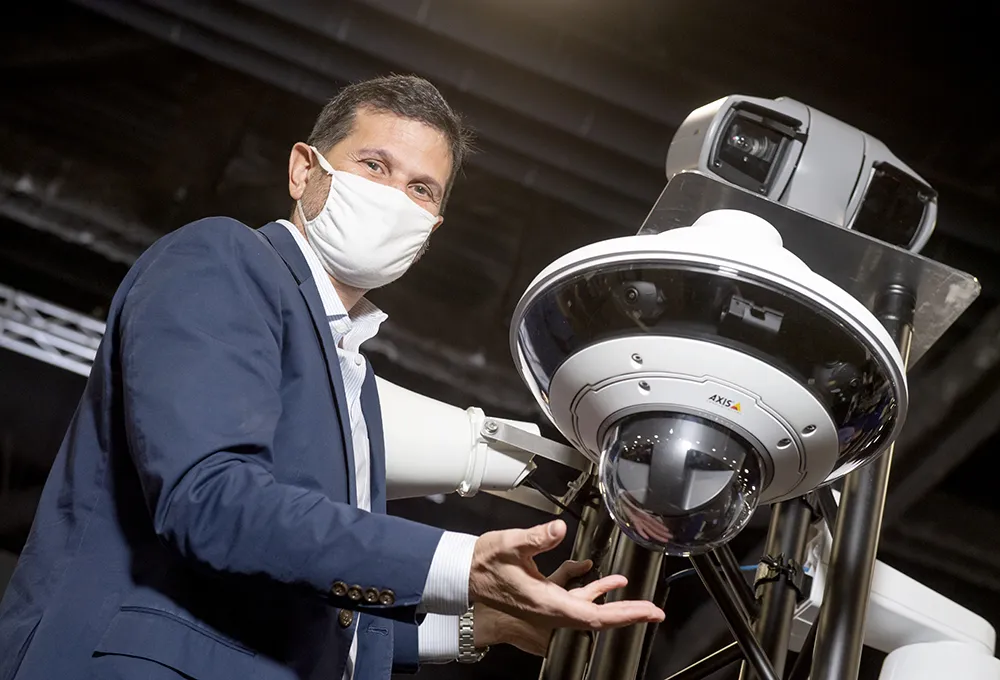The US Federal Communications Commission has expanded the spectrum available for vehicular radars that are used for a variety of purposes, including safety applications like collision avoidance and adaptive cruise control. The agency’s action expands the current 76-77 GHz spectrum allocation to include the entire 76-81 GHz band and transitions radars out of the 24 GHz band. This is consistent with the spectrum that is available internationally, avoiding the need to customise the radars in vehicles for diffe
July 18, 2017
Read time: 1 min
The US 2115 Federal Communications Commission has expanded the spectrum available for vehicular radars that are used for a variety of purposes, including safety applications like collision avoidance and adaptive cruise control.
The agency’s action expands the current 76-77 GHz spectrum allocation to include the entire 76-81 GHz band and transitions radars out of the 24 GHz band. This is consistent with the spectrum that is available internationally, avoiding the need to customise the radars in vehicles for different markets.
“Access to this additional spectrum will enable continued innovation in this space, allowing these radars to better distinguish between objects in areas close to the vehicle,” the FCC said in a statement. “This action will improve performance for applications such as lane change warnings, blind spot detection, parking aids, ‘stop and follow’, ‘stop and go’, autonomous braking and pedestrian detection.”









